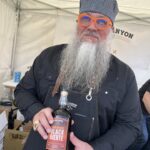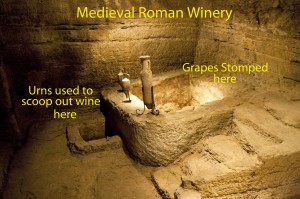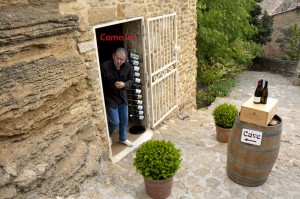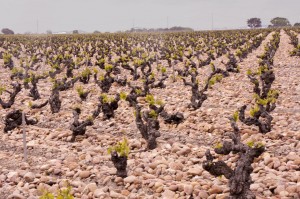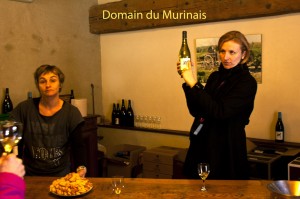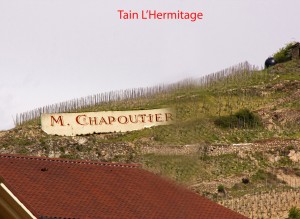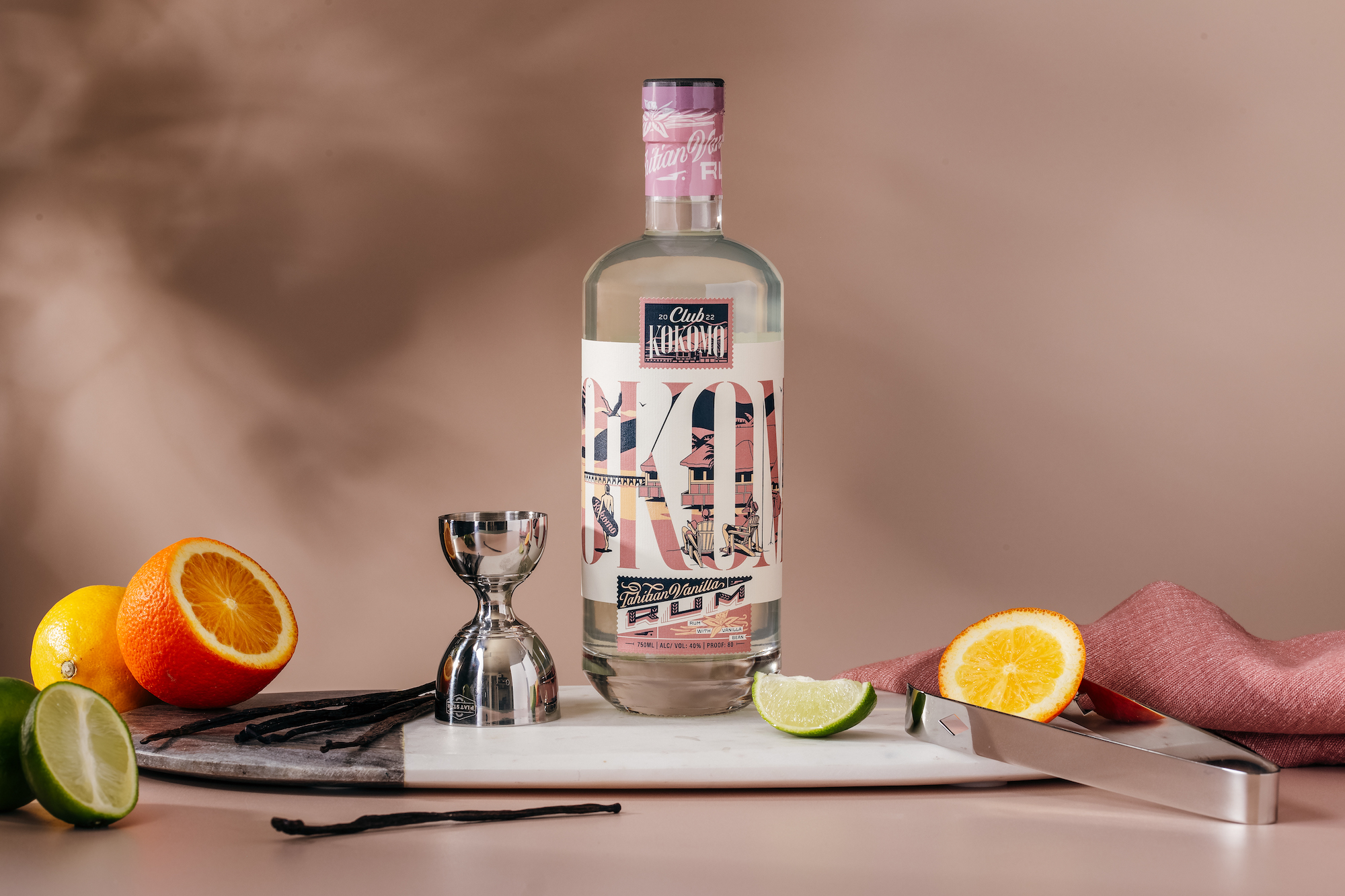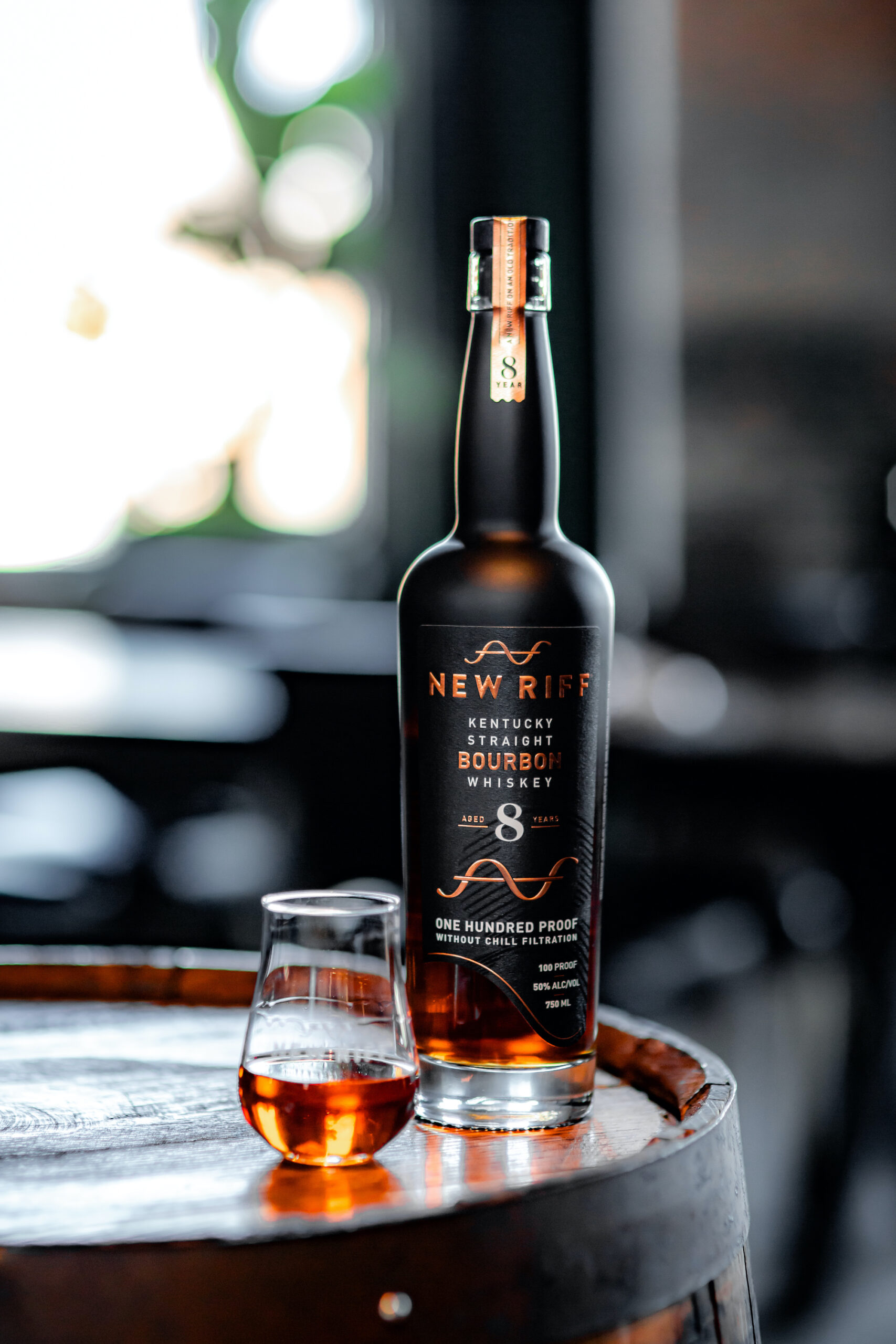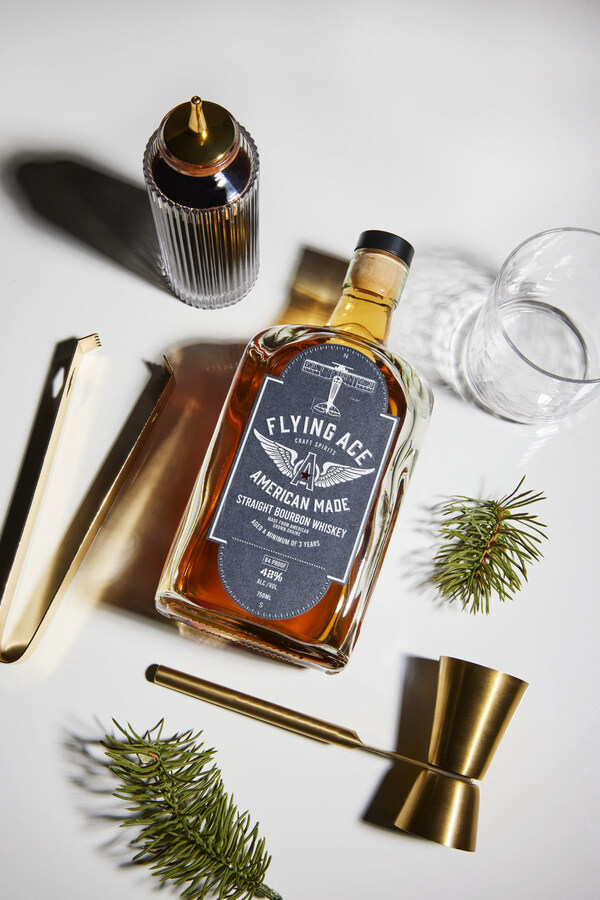As reported in “Part I–Burgundy,” Don and I traveled to Southern France this spring, combining an 8-day river cruise of the Saone and Rhone rivers with a week-long, independent driving trip along the French Riviera. As our trip progressed, we left the Saone and Burgundy behind, and the Viking Europe, carrying 150 passengers, merged onto the Rhone and took us to the destination port of Tournon.
On the river bank across the Rhone from Tournon, the famous vineyards of the Tain L’Hermitage beckoned us.
We had cruised about 140 miles in a southerly direction since we left the Burgundy region, and we looked forward to warmer, sunnier days. In this northern region of the Rhone, the river is bordered by steeply-sloping vineyards on terraced hillsides. This is the home of the red Syrah grape and, and in lesser amounts, the white Viognier, Marsanne, and Roussanne grapes.
Our included morning excursion would take us first to the world-famous Valrhona chocolate factory, then to a small museum housing a collection of paintings from the “New School of Paris,” and finally to visit a winery in the Crozes-Hermitage appellation. Although the focus of my report is “wine,” I would be remiss if I did not digress and tell you a little about the chocolate, which, of course, pairs so well with the red wine of the Rhone.
Don’t hesitate to strike the tour of the Ethel M Chocolate Factory in Las Vegas from your bucket list and go straight to the Valrhona Chocolate Shop in Tain L’Hermitage! Words can not do justice to the experience, and I’m too embarrassed to publish photos of my gauche (a word I use only in France) comportment. Suffice it to say that Valrhona is perhaps the finest chocolate in the world. The visit involved no tour, talk, or demonstration; it simply provided one the opportunity to eat as many of the hundreds of samples of chocolate as one could consume within a roughly 15-minute period. And….that’s all I am going to say on the matter.
As we made our way to the Domaine du Murinais Winery, we passed by numerous steeply-terraced and rocky vineyards in the Hermitage and Crozes-Hermitage appellations. The vines here were noticeably leafier this time of year than those of the cooler Burgundy region. From time-to-time, we would see, propped against the stone retaining wall of a vineyard, a giant “billboard” advertising the name of a famous negociant.
The visit to Domaine du Murinais included a brief tour of the pristine and modern winery operation, a close-up view of the vineyard and its 40-year-old Syrah vines, and a vertical tasting of three wines. The wines were typical of the Northern Rhone–predominantly Syrah, mixed with a small amount of Marsanne or Roussanne to lighten the blend. The 2007 vintage was elegant, round, and smooth, but the 2009 and 2010 were still young. All three vintages were ruby red and had fruit and floral notes with a hint of spice. The price range was from 15-18 Euros per bottle and quite a good value, in my estimation.
I have since read that the wines of the Crozes-Hermitage are often as good as the crus of the Hermitage and are considerably more affordable.
The final port, where we spent the last full day of our river cruise, was the charming medieval city of Avignon. We were now about 60 miles south of the vineyards of the Northern Rhone, and the temperatures were warmer yet. This region of the Southern Rhone is considered part of Provence and has a Mediterranean climate. Our included morning excursion was a walking tour of Le Palais des Papes (Palace of the Popes), the largest Gothic palace in Europe and home of the papal seat when it was temporarily relocated to Avignon in the early 14th century. The Palace of the Popes is a must-see museum and World Heritage Site, and as one exits through the gift shop, the relationship between the popes of Avignon and wine becomes readily apparent. The bottles of fine wine for sale far outnumber the souvenir trinkets!
As the story goes, the popes of Avignon were avid viticulturists, and they loved their wine. But the land around Avignon was not fertile enough to grow superior grapes. So one of the popes built a new castle upriver and established vineyards in a more advantageous region for cultivating grapes. And this, my fellow wine enthusiasts, is a brief account of how we have come to lust after the wines of the Chateauneuf-du-Pape.
Viking offered the excursion to Chateauneuf-du-Pape as as an optional tour for which one had to pay an additional $50 per person. Actually, this was fine by us because it made for a smaller group and one that tended to be more serious about wine. On our short bus ride from our dock in Avignon to the Skalli Winery in Chateauneuf-du-Pape, we were able to get viable views of the vineyards along the the roadsides, and we even made a couple of photo stops. The vineyards in this Southern Rhone region are planted on flat flood-plains consisting of clay and sandy soils. However, the vineyards are completely covered with large, smooth river rocks that retain the heat of the day and reflect it back onto the vines at night.
Skalli bills itself as a “traditional boutique winery” and offers cellar tours and tastings. We were fortunate to have a sit-down, guided tasting by the winemaker, himself. His lively presentation, entirely in French, was ably translated into English by our wine-savvy guide. We learned that the Chateauneuf-du-Pape appellation can use a “symphony of 13 varietals.” Growing rules require that the grapes be harvested by hand, that there be mandatory grape sorting, and that drip systems be prohibited once the vineyards are established (after 4 years). We were told that the roots can go down 100 feet into the soil in order to find water. We were offered three wines for tasting:
Maison Bouachon La Tiare du Pape (NV) 25 Euros
This is a white blend of Bourboulenec, Clairette, Roussanne, and Grenache Blanc. This is not an AOC wine, because Grenache Blanc is not one of the permitted varietals for a wine to be called a Chateauneuf-du-Pape. It is light, aromatic, and quite drinkable.
Chateauneuf-du-Pape Maison Bouachon La Tiare du Pape 2009 25 Euros
This is a red blend of Grenache, Syrah, Mourvedre, Cinsault, and Terret Noir. Flavors of red fruit and spice; a wine for long cellaring.
Chateauneuf-du-Pape Maison Bouachon Prestige 2007 49 Euros
The grapes for this red come from 75-year-old vines, and the blend is 90% Grenache and 10% Syrah. Full bodied; red fruit and spice; ripe tannins; complex, but balanced.
The second part of this optional afternoon excursion was to visit the small village of Chateauneuf-du-Pape. The first stop was the hilltop above the village where the ruins of the “new castle” remain. Just as our bus was pulling up to the site, dark clouds appeared overhead, and it suddenly began to rain. Our guide said that she would be more than willing to continue with her usual practice of conducting a walking tour down the hillside and into the village below. However, anyone who wanted to stay on the bus could ride down to the village when the bus relocated to pick up the hikers. While most people stayed on the bus, Don and I and three or four others weren’t about to let a little rain limit our experience. But when my umbrella turned inside out, and I was sure that a mistral was upon us, I ran back to the bus, while my intrepid husband covered his camera with his raincoat and forged ahead.
After a short while, the bus driver drove down to the village and parked along a main street. Soon the rain let up, so a few of us decided to explore the town. I peered down into ancient cellars and poked my head into tasting rooms as I strolled along the cobblestone streets. I purchased the perfect souvenir of our trip–a jacquard tablecloth with the names of famous French chateaux woven into it. When I was leaving the linen shop, I ran into Don, who was ambling down the hill and looking like a man who had just been on a religious pilgrimage. He said that, as he and the hardy hikers trooped down the hill, a local wine merchant appeared in his doorway and offered them refuge from the rain. He invited them into his cave and treated them to a complimentary tasting of some world-class Chateauneuf-du-Pape wines. This particular cellar even had on display a preserved early Roman wine press and vat that was carved right into the stone floor. This was no doubt one of those “priceless” experiences that we all seek in our travels, and Don took the pictures to prove his good fortune!
Next Stop: Part III–Provence and the French Riviera

